Question I currently have a 10g tank and recently upgraded to a 49g tank. It is all set up - I bought new fluvial filter, heater, air pump, gravel, etc. for it and it has been set up for 2 days. Temperature is steady at 76 degrees. What is the safest way to transfer my fish? I have not "cycled" the tank... and everybody gives me different information (with the 10g I had just dumped fish in and by pure dumb luck they lived)...some say just dump fish in, some say wait five days then do it.....some say add foam drippings to water and add fish....I'm pretty new at this and not sure quite what to do....but I do know I do not want my fish to suffer (again) because of my inadequacies.....What would you suggest? while surfing the net I've noticed that the answer to similar questions are moving the old filter sponge (from 10g tank) as well as adding old gravel in the new tank and then moving fish from 10g tank to 49g tank to provide amonia to feed bacteria colonies so they will "take" What if I don't recycle the gravel, just the filter (Gravel is different color in each tank)? Will there still be enough bacteria in just the foam filter? Any help would be greatly appreciated. Thanks
AnswerHi Renee;
You've done a great job so far, especially in learning about what to do in a new tank. I am so happy to hear from hobbyists who wait and want to find out more before they add fish to a new tank. Excellent. It will save your fish a lot of suffering and save you a lot of heartache.
Since the temperature is holding steady and the tank doesn't leak, you can add some of the fish right away. Add five inches worth of fish to get the cycle started. You don't want to put in more than that until the 6 to 8 week period of "New Tank Syndrome" has completed. Use a water conditioner to remove chlorine/chloramine and help the fish with stress right before you move them in. Put the fish in bags with some of the smaller tank water or a container that will float on the water in the new tank. Let them sit there for 10 to 15 minutes, mixing a little of the new tank water during that time. Maybe 1/4 cup every 5 minutes would do it. Once this floating period is over, net the fish into the tank and throw away the transport water. It has stress hormones and ammonia that you don't want to add to the tank.
You can use some of the old gravel from the smaller tank without mixing it in by using a piece of an old nylon stocking and rinse it very well. Or, get some brand new knee-high stockings, rinse and fill'em up! Tie them off to keep the gravel in and lay it on the bottom of the new tank. Bury it slightly to help it spread the beneficial bacteria to the new gravel. Add the fish at the same time in order to feed the bacteria. Avoid rinsing the old gravel before you add it to the new tank. Even if it seems dirty, it will settle down as the filter sucks the floating crud up. The crud will transport some of that great bacteria to the filter that way too. I usually leave the nylon bags with gravel in the new tank for the whole cycling period of 6 to 8 weeks.
You will probably not want to move the old filter yet unless there are no fish left in the smaller tank. If you only have a total of 5 or 6 one-inch fish in the small one, they can all be put in the new tank and use the filter on there. It will give your new tank a great start.
Here is my article on new tanks to help you further;
**********
New Tank Syndrome or Break-in Period
So you have a new tank and you filled it up, put the filter together, mounted the heater into place and turned on the lights. You have all the plants and decorations where you want them....
You are ready for fish.
But, your filter is not ready for a full tank of fish yet.
The filter is running and moving the water and cleaning out crud, right? Of course!
But a very important part of your filter is the part you can't see. An aquarium filter removes the larger visible stuff, but it also must remove the dissolved fish waste that turns into ammonia in the water. To do this, special bacteria must grow in the filter system and on the particles of gravel in the bottom of your tank. This process occurs even on a limited scale in little fish bowls that have no filter in them.
This is "New-Tank Syndrome" or the "Break-in Period". The entire process takes 6 to 8 weeks to complete because these "nitrifying" bacteria grow quite slowly.
Start off with only one or two hardy fish (no more than 2 total inches of fish) for every ten gallons of water and don't add more until the 6 to 8 weeks has gone by. Hard to be patient, but it is worth it to keep your fish alive and healthy. As a matter of fact, the bacteria cannot develop without fish in the tank. You can let that tank sit forever without fish in it, but as soon as the first fish goes in the process begins. Avoid changing the filter pads during break-in. This removes the bacterial colonies that are essential to a balanced aquarium. You can rinse the filter pad out in a container of aquarium water. This will preserve most of the bacteria colonies while still allowing your filter to flow freely. Even using bacteria additives and water conditioners when you first set up the tank will not make a tank cycle by itself. If there are no fish to provide food (fish waste) for the bacteria, the beneficial bacteria cultures will die and you will have to start the colonies all over again once fish are added to the tank. Once the tank has completed the initial cycle, you can change the filter pads every 4 weeks or so. But for now, just rinse them.
Feed your new fish VERY lightly. Any excess food will cause additional waste your system cannot afford to have right now. If you see food floating around or lying on the plants and gravel after five minutes, too much food is going into the tank. Cut back a little each time you feed until it is ALL gone 5 minutes after you feed them. Feed them once a day.
During this "break-in period" your tank will become cloudy and milky looking. You may have to tolerate this for the entire break-in period but it is only temporary. Changing 25% of the water three times a week until the break-in period is over helps a great deal. Changing water reduces the ammonia and nitrites that rise while the bacteria continues to multiply. If ammonia and/or nitrites become too high, your fish will become stressed and possibly die. Use a good water conditioner when you replace the water and make sure it is the right temperature to avoid shocking your fish.
When the break-in is over after 6 to 8 weeks and there are no nitrites or ammonia present in the water you can slowly add more fish. Add one or two every week until you reach the desired population. This allows the bacteria to adjust to the new population every time before adding more. Monitor the nitrites and ammonia to be sure they don't come up. If they do, make a 25% water change and check them again. Don't add the next fish until the levels are down again.
The safe maximum population for any size tank is one inch of adult fish for every gallon of water in the tank. Do some research to be sure of the fish you are interested in. Even though they are small when you buy them, you have to base your population calculations on full-sized adult fish. Many hobbyists have up to two inches per gallon but this can be risky. If a water quality issue arises or a disease occurs it will spread fast and furious in an over-populated tank. In any case, 25% water changes every week to two weeks are absolutely essential for the health of your fish.
Following these guidelines will help you get your new tank on the right track.
**********
Keep up the good work and let me know if there is any more info you need.
Followups welcome
At Your Service;
Chris Robbins
Come on over and join us on the freshwater fish forum at About.com to get even more information too;
http://freshaquarium.about.com/od/questionsanswers/a/naavigateforum.htm
My member name is ChrisR62. See You There!

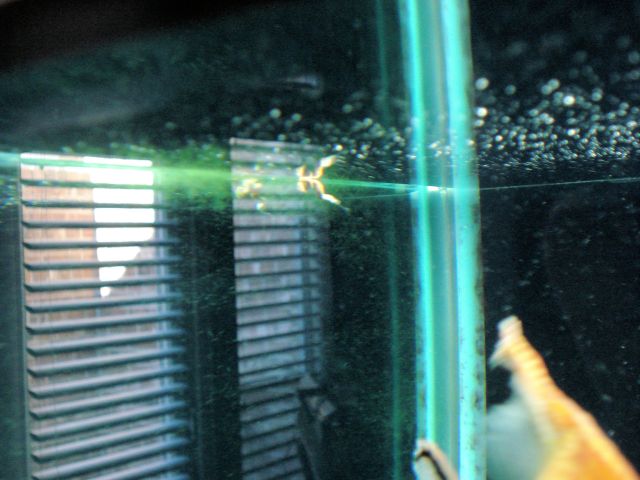 egg tube?
Question
Egg sack?
Occasionally, we have noticed
egg tube?
Question
Egg sack?
Occasionally, we have noticed
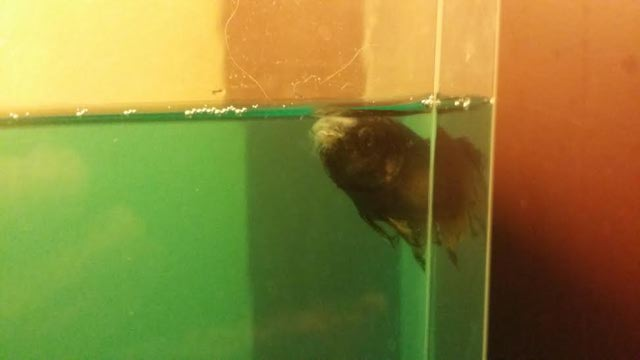 Betta with Mouth Fungus?
Question
Sick?
Hi I have a male betta with mouth
Betta with Mouth Fungus?
Question
Sick?
Hi I have a male betta with mouth
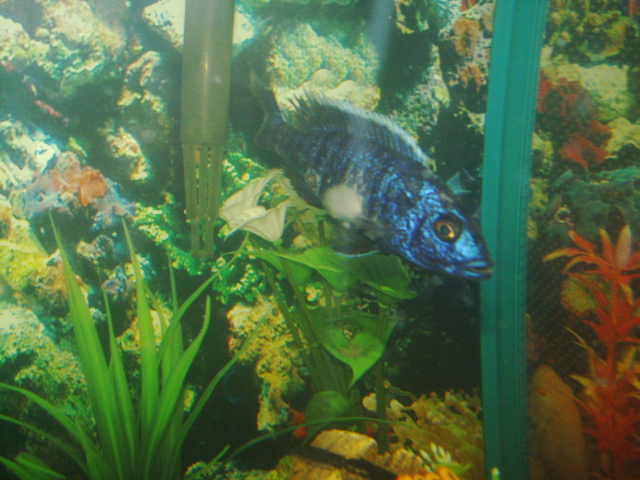 cichlid infection?
Question
Cichlid injured
one of my cichlid fish was bul
cichlid infection?
Question
Cichlid injured
one of my cichlid fish was bul
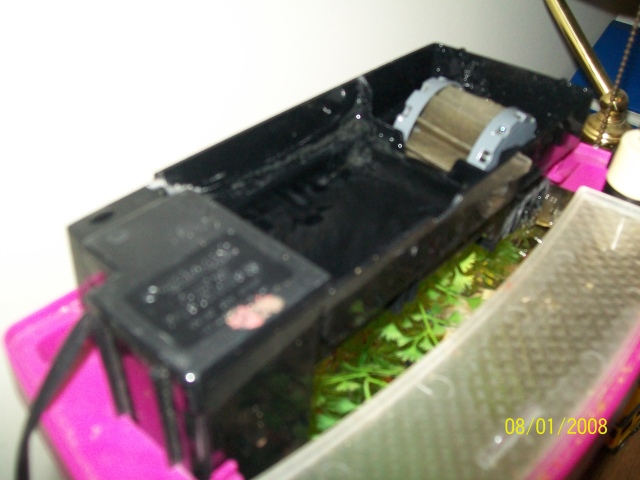 The Chase
QuestionQUESTION: Renee,
Do you know anywhere I can buy
The Chase
QuestionQUESTION: Renee,
Do you know anywhere I can buy
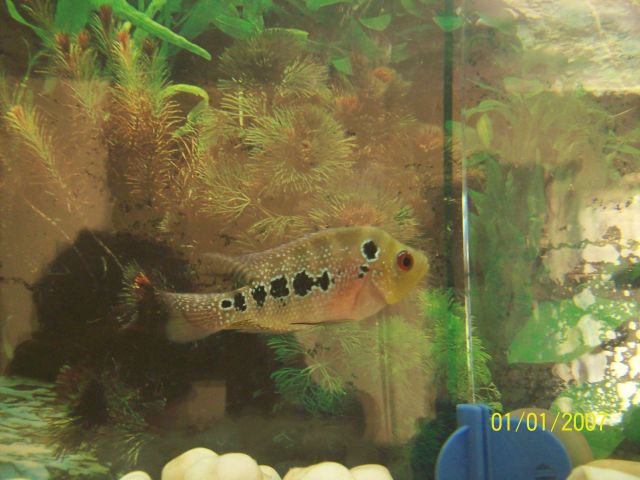 IS my flower horn male or female
Question
my flower horn
IS my flower horn male or femal
IS my flower horn male or female
Question
my flower horn
IS my flower horn male or femal